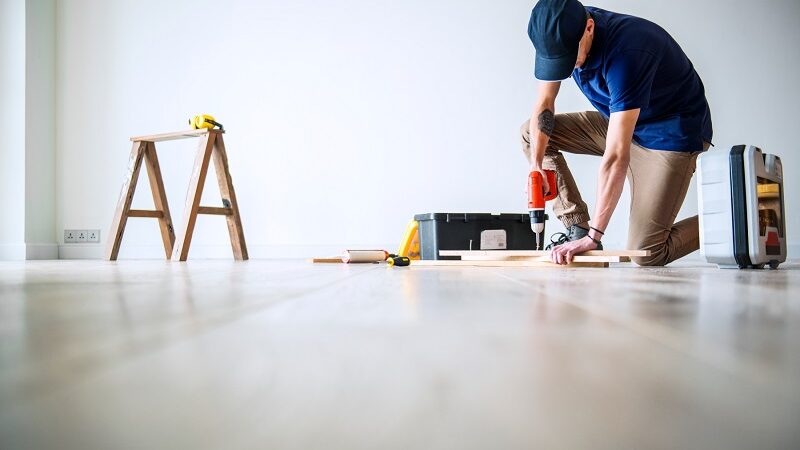The Ultimate Guide to Gas Heating Installation

As the cold season approaches, the warmth and comfort of a well-heated home become paramount. Among the various heating options available, gas heating installation stands out for its efficiency, cost-effectiveness, and rapid heat delivery. If you’re considering upgrading your home’s heating system or installing a new one, this guide is here to provide you with a comprehensive understanding of the process.
Advantages of Gas Heating
When it comes to home heating, gas systems offer a range of advantages that make them a popular choice. From instantaneous warmth to energy efficiency, gas heating has it all. Unlike electric heating, which requires time to warm up, gas heating systems produce heat almost instantly, providing comfort as soon as you need it. Additionally, they tend to be more energy-efficient, translating to lower utility bills in the long run. The instant warmth and energy efficiency make gas heating an attractive option for homeowners seeking effective and economical heating solutions.
Types of Gas Heating Systems
Before delving into the intricacies of gas heating installation, it’s essential to understand the different types of gas heating systems available:
- Furnaces distribute heated air through ducts, making them suitable for central heating.
- Boilers, on the other hand, heat water that is then circulated through radiators or underfloor heating systems.
- Heat pumps are versatile units that can both heat and cool spaces efficiently.
Each type has its own set of benefits and considerations, so understanding them will aid you in making the right choice for your home.
Preparing for Installation
A successful gas heating installation begins with adequate preparation. First, assess your heating needs based on the size of your home and your heating preferences. Next, research the types of systems available and choose one that aligns with your requirements. Finally, measure the space where the system will be installed, ensuring that the unit fits comfortably and optimally within your home’s layout.
Finding a Qualified Gas Heating Installer
The importance of a certified and reputable gas heating installer cannot be overstated. When looking for a professional, ensure they are qualified, licensed, and experienced in gas heating installation. Research their credentials, read reviews from previous clients, and ask for referrals. A trustworthy installer will not only ensure the safety of the installation but also offer valuable insights and advice tailored to your needs.
Installation Process Step by Step
Let’s walk through the installation process step by step:
- The process typically starts with preparing the installation site, ensuring that the chosen location complies with safety regulations and provides adequate ventilation.
- The installer will then connect the gas lines, ensuring secure and leak-free connections.
- Components such as the furnace, boiler, or heat pump will be installed and integrated with the ventilation system.
- Once everything is in place, thorough testing will be conducted to ensure proper functioning and safety compliance.
Safety Measures and Regulations
Safety is paramount when it comes to installation.
- Adequate ventilation and proper gas line connections are critical to prevent the risk of leaks, fires, and carbon monoxide exposure.
- Installers must adhere to strict safety regulations to ensure the well-being of occupants. This includes appropriate ventilation installation, gas pressure testing, and carbon monoxide monitoring.
- It’s advisable to discuss safety measures with your chosen installer to ensure that all precautions are taken during the installation process.
Troubleshooting and Common Issues
Even with professional installation, occasional issues can arise with your gas heating system. It’s important to be aware of common problems such as uneven heating, strange noises, or system malfunctions. Some issues can be resolved through basic troubleshooting, while others may require professional assistance. Being knowledgeable about potential problems will help you address them promptly and maintain the efficiency of your heating system.
Conclusion
In conclusion, a well-executed gas heating installation can provide your home with efficient, reliable, and cost-effective heating. Regular maintenance, energy-efficient practices, and troubleshooting awareness will keep your system running optimally for years to come. As you embark on your gas heating journey, remember that professional installation is the key to a warm, comfortable, and secure home.







